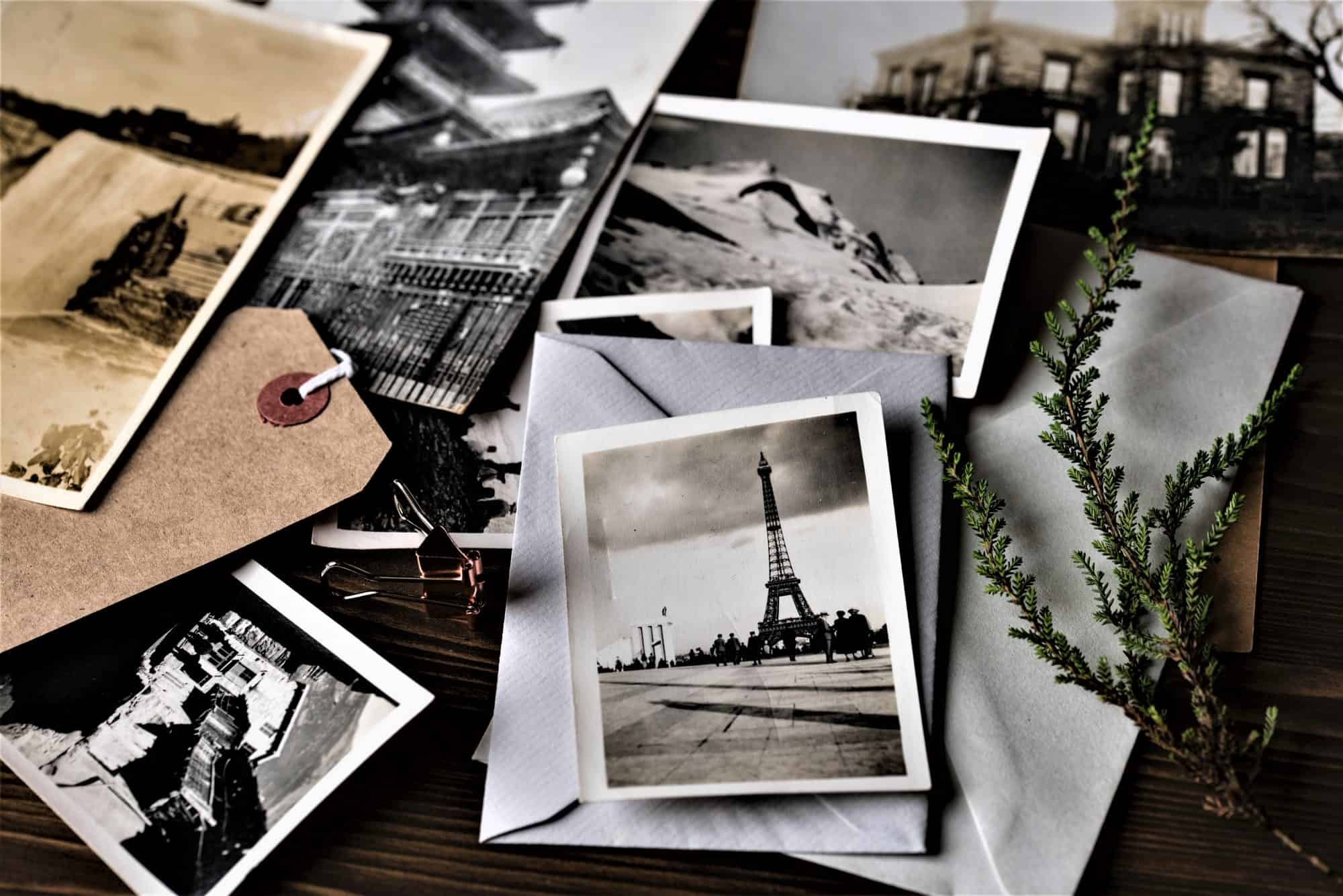Food and Beverage
Think of Japanese tipples and two alcoholic beverages usually come to mind: sake and beer. But what about shochu? Not well known outside Japan, shochu has become the refreshment of choice for many Japanese connoisseurs.
Ten years ago, in fact, domestic consumption of shochu – which has a history of about 500 years – surpassed that of sake for the first time. So what sets shochu apart from sake? At first glance – and whiff – they seem quite similar.
But aficionados such as Numata Madoka, section manager of sake buying and marketing at CitySuper, can not only distinguish sake from shochu with one sniff.
They can even tell you if the shochu was distilled from sugar cane, sweet potato, barley, or rice, as Numata so clearly demonstrated when I got my glasses mixed up during a blind tasting at a press function at Roka Lounge at Pacific Place on Hong Kong Island last night.
I thought that I had identified only two the four types of shochu correctly – until she sniffed the two glasses that I had gotten wrong and informed me that I had, in fact, identified all four types correctly. Apparently I had mixed up two of the glasses.
Beginner’s luck, I can assure you.
What Sets Shochu and Sake Apart?
“If both sake and some types of shochu are made from rice, what sets them apart?” I asked.
“Sake, along with wine and beer, is brewed,” Numata explained.
“Shochu, along with whiskey, vodka, and tequila, is distilled.”
In other words, shochu is a hard liquor. Sake is not.
So it should come as no surprise that in addition to being consumed straight up or on the rocks, shochu also makes a perfect ingredient for cocktails.
Workshop for Journalists
Shochu suppliers invited a select group of travel writers and food critics to Roka Lounge to extol the virtues of shochu on Thursday night.
First we were served yuzu sours, a yummy concoction of yuzu shochu, plum wine, yuzu peel, and orange juice served over ice in old fashion glasses.
Wow! What a way to start things off. I would not have been disappointed if we had been offered seconds.
Ichigos – which is Japanese for strawberries – followed. These were made from strawberries, kiwi, pineapple, shochu, plum wine, and lemongrass syrup.Very refreshing with a sweet and sour punch.
Already I was getting a bit tipsy – I had, after all, already consumed two glasses of white wine at a nearby tapas bar with a co-attendee before the event.
Next in line were doragom juleps. Tall cool ones, these were made from dragon fruit, raspberries, passion fruit, tequila, shochu, and raspberry liqueur. This was by far the strongest of the four cocktails we were served – and, perhaps, my favourite.
Pulp and Seeds
“They are only once strained,” said Restaurant Manager Bryan van de Berg, explaining that this was to allow some pulp and seeds to remain in the drink for texture.
Last but not least were grape shochurinas – a combination of muddled grapes, shochu, apple juice, and lime juice. This one tasted a bit like apple cider. I didn’t care for it as much as the other three.
Along with the cocktails we were served wild tiger prawns with arima sancho and garlic sauce, chicken yakatori, thinly sliced yellowtail with white truffel and yuzu dressing, and the most amazing scallops I have ever sunk my teeth into – except, perhaps, for the ones I had at the Conrad Tokyo a few months ago.
Creating Our Own Cocktails
In addition to sampling four cocktails and taking part in a blind tasting, we were given the chance to create out own cocktails, selecting ingredients from several columns.
We handed our recipes to Bryan, who had a professional bartender create enough samples so that each one of us could sample all of these amateur creations.
Blind Competition
At the suggestion of attendees, this was turned into a blind competition. We sampled the creations one by one, giving them a score of one to 10. We weren’t even sure which one was our own (although I correctly identified mine).
In the end, Daniel Creffield, Editor of Asian Hotels and Catering Times, came in first with 38 points. I came in second with 35 points. Numata came in third with 31 points.
